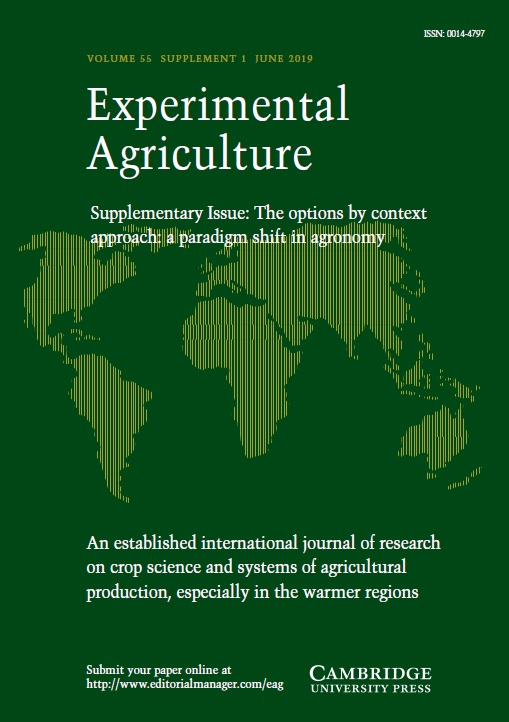Spider Behaviour
Flexibility and Versatility
$77.99 (P)
- Editor: Marie Elisabeth Herberstein, Macquarie University, Sydney
- Date Published: March 2011
- availability: Available
- format: Paperback
- isbn: 9780521749275
$
77.99
(P)
Paperback
Other available formats:
Hardback, eBook
Looking for an examination copy?
This title is not currently available for examination. However, if you are interested in the title for your course we can consider offering an examination copy. To register your interest please contact [email protected] providing details of the course you are teaching.
-
Spiders are often underestimated as suitable behavioral models because of the general belief that due to their small brains their behavior is innate and mostly invariable. Challenging this assumption, this fascinating book shows that rather than having a limited behavioral repertoire, spiders show surprising cognitive abilities, changing their behavior to suit their situational needs. The team of authors unravels the considerable intra-specific as well as intra-individual variability and plasticity in different behaviors ranging from foraging and web building to communication and courtship. An introductory chapter on spider biology, systematics and evolution provides the reader with the necessary background information to understand the discussed behaviors and helps to place them into an evolutionary context. Highlighting an under-explored area of behavior, this book will provide new ideas for behavioral researchers and students unfamiliar with spiders as well as a valuable resource for those already working in this intriguing field.
Read more- Explores a young and dynamic field, providing researchers with new ideas for behavioural models
- An introductory chapter provides the necessary background, making the book accessible to those unfamiliar with spider biology
- Covers the breadth of current literature on spider behaviour, providing a valuable introduction to this growing field
Reviews & endorsements
"This book somehow mends the past neglect of these eight-legged anthropods and makes a strong case for considering them as a valuable behavioral model. Recommended."
J. M. Gonzalez, ChoiceSee more reviews"Spider Behaviour: Flexibility and Versatility presents an excellent summary of the state of behavioural research on spiders that a broad range of readers will find stimulating. Herberstein deserves congratulations for conceiving of and editing such a fine book."
Linda S. Rayor, Animal Behaviour"This volume boasts a dream team of authors, including rising stars and field luminaries, each summarizing their respective fields. The book emphasizes the flexibility, versatility, and sheer diversity of spider behavior. Generally, it takes on the daunting task of summarizing all of spider behavior with remarkable finesse. One of the volume’s most impressive feats is its attention to the recent literature in rapidly moving subfields. Doubtlessly the text is destined to serve a valuable reference for both arachnologists and behaviorists. Personally, I know I will be assigning this volume to both undergraduate and graduate students for years to come. I suspect so will many others."
Jonathan N. Pruitt, The Quarterly Review of Biology"… well written and very well edited … I thoroughly enjoyed reading the book, and recommend it for anyone wishing to gain a good understanding of spiders in general, and their behaviours in particular."
B. Staffan Lindgren, Bulletin of the Entomological Society of CanadaCustomer reviews
Not yet reviewed
Be the first to review
Review was not posted due to profanity
×Product details
- Date Published: March 2011
- format: Paperback
- isbn: 9780521749275
- length: 416 pages
- dimensions: 244 x 173 x 33 mm
- weight: 0.76kg
- contains: 32 b/w illus. 16 colour illus. 5 tables
- availability: Available
Table of Contents
1. Introduction Marie E. Herberstein and Anne Wignall
2. Foraging behaviour Ximena J. Nelson and Robert R. Jackson
3. Web building behaviour Marie E. Herberstein and I-Min Tso
4. Anti-predator behaviour Ximena J. Nelson and Robert R. Jackson
5. Communication Gabriele Uhl and Damian Elias
6. Deception Marie E. Herberstein and Anne Wignall
7. Mating behaviour and sexual selection Jutta Schneider and Maydianne Andrade
8. Group living in spiders: cooperative breeding and coloniality Trine Bilde and Yael Lubin
9. Plasticity, learning and cognition Elizabeth Jakob, Christa Skow and Skye Long
10. Kleptoparasitic spiders - a special case of behavioural plasticity Mary Whitehouse
Index.Instructors have used or reviewed this title for the following courses
- Neuropsychology
Sorry, this resource is locked
Please register or sign in to request access. If you are having problems accessing these resources please email [email protected]
Register Sign in» Proceed
You are now leaving the Cambridge University Press website. Your eBook purchase and download will be completed by our partner www.ebooks.com. Please see the permission section of the www.ebooks.com catalogue page for details of the print & copy limits on our eBooks.
Continue ×Are you sure you want to delete your account?
This cannot be undone.
Thank you for your feedback which will help us improve our service.
If you requested a response, we will make sure to get back to you shortly.
×










